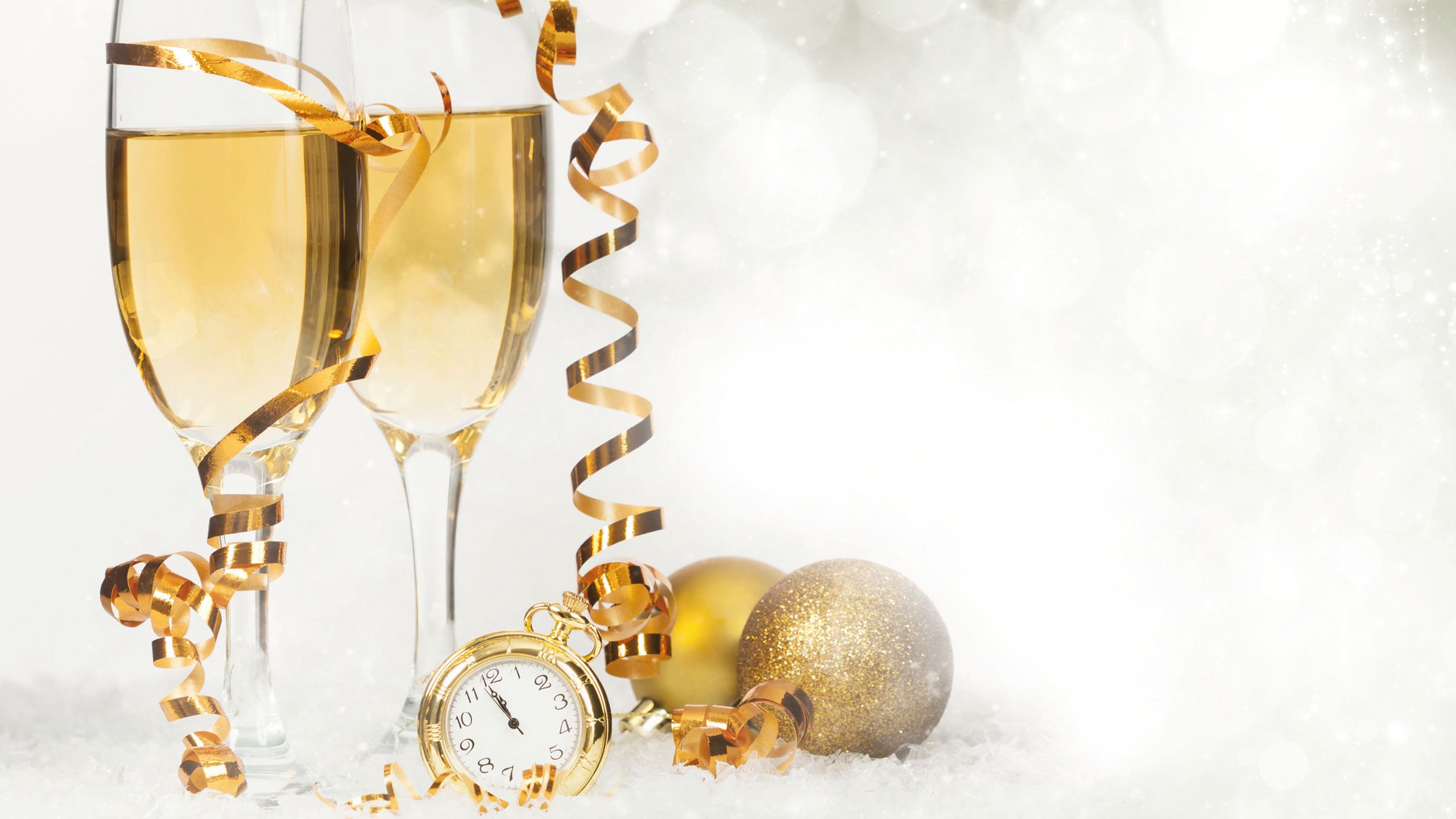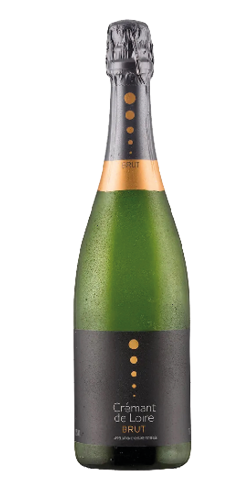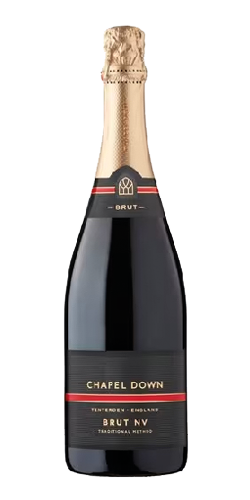Bright
sparks
Carole Boyle and Richard Lane suggest
alternatives to Champagne for the festive season

Carole A Boyle DipWSET Dental Editor, Surgeons’ News
Richard Lane DipWSET DipWSET wine educator, journalist and podcaster The Wine List
Traditionally sparkling wine is associated with celebration and special occasions, but over the past 15 years there has been a move to drink fizz at almost any time, largely thanks to prosecco, the seemingly ubiquitous sparkler made in the Veneto region in Italy. Its very different method of production to Champagne produces a light, fruity, youthful wine at far lower cost than Champagne.
Some blame the rise in sales on the credit crisis of 2008 when party organisers found they could cut costs significantly by substituting prosecco for expensive Champagne and still have bubbles to celebrate.
We look at the different methods of production of sparkling wine and suggest interesting alternatives to both inexpensive prosecco and expensive Champagne.
Champagne is made by the traditional method in northern France. There are romantic stories about its discovery, including the monk Dom Perignon who is said to have invented it. One story you will not hear from the French is the role of English glass, which was stronger than French glass in the 16th century. This allowed a secondary fermentation in the bottle, giving rise to trapped bubbles of CO2. It can be shown that the English invented Champagne more than 30 years before the French.
The traditional method involves fermenting a still wine – the usual grapes are pinot noir, meunier and chardonnay, with increasing plantings of the latter. This wine, which can be a blend or just chardonnay (Blanc de Blanc) or just dark-skinned grapes (Blanc de Noir), is bottled and has yeast, sugars and other ingredients added.
There’s madness in the method
In the bottle the yeast consumes the sugar, producing CO2. To remove the dead yeast cells the bottles are slowly turned from horizontal to upright either by hand or machine in a process called ‘riddling’. It is up to the producer how long the resultant sparkling wine stays on the dead yeast to add complexity and notes of nuts and bread. The longer the contact, the greater the flavour complexity.
Once the dead yeast cells have collected in the neck of the upturned bottle, saline solution at -20°C is used to freeze the bottleneck. When upturned and the closure is released the frozen bung of iced yeast flies out to be topped up with wine in a process called ‘disgorging’. The wine is now sparkling and clear without any remaining yeast from the second fermentation.
This traditional method is not just found in Champagne; it is also used to make crémant in other parts of France, cap classique in South Africa and most English sparkling wines.
“The chalky soils in the south of England can produce sparkling wine to compete with the
top French fizz”
Crémant is used for traditional method sparkling wine from the rest of France and is our top tip for bubbles. The wines are made from a variety of grapes reflecting the region. The biggest areas include Crémant de Loire using chenin blanc and Crémant de Bourgogne from chardonnay. These wines offer good value as they are made in the same way as Champagne and must spend a minimum of nine months on the lees to give complexity, but are generally less expensive.
Cava has fallen out of favour with the rise of prosecco. It is made in the Champagne method from Spanish grape varieties grown close to Barcelona. The wines are fruity, approachable and lower in acidity, making them easier to drink than Champagne, and can be bought at a lower price.
By contrast prosecco and other sparkling wines such as German sekt are made by the tank method, where the second fermentation to produce fizz takes place in large tanks before bottling. This is a much quicker process and cheaper to maintain as large volumes of wine can be produced from one tank. Tank-fermented sparkling wines are not held on the dead yeast cells and have less complexity and less ageing potential as a result.
To protect the ‘brand’ the prosecco grape was renamed ‘glera’ and the area region was named ‘Prosecco’. Legal battles still continue between Italian émigrés in north-east Victoria who maintain their wine should be classified as prosecco rather than as Australian sparkling wine from Victoria. There is better prosecco – look for DOCG (meaning designation of controlled origin and guaranteed). The production area of DOCG is Conegliano Valdobbiadene, a hilly area in north-east Italy 50km from Venice, where the prosecco produced is considered superior due to better grape ripening in this hilly region.
England is the place for sparkling wine. Some of the great Champagne houses are investing in land as in the future their region will not have the cool climate needed for high-acidity grapes due to global warming. The chalky soils in the south of England can produce sparkling wine to compete with the top French fizz.
When planning for Christmas, think about a range of bubbles with our recommendations of a good-quality prosecco, a good-value crémant, Carole’s favourite South African sparkler and for the big day serve a top English sparkling wine – who needs Champagne?

Tasting notes
Fizz for your festive get-together
La Marca Extra Dry Prosecco, Conegliano Valdobbiadene DOCG
Available from Majestic (£14.99)

This is a good prosecco made from grapes grown where the steep slopes mean hand harvesting is the only option. It has flavours of ripe apple and pear with creaminess. This works as an aperitif or be like the Italians and drink it throughout the meal.
Crémant de Loire
Available from Lidl (£8.99)

This is a bargain and worth seeking out. It’s not complex, with green apple and refreshing acidity. It’s mainly chenin blanc with 15% chardonnay adding interest. The label is very discreet so worth trying a tasting test with your friends, who will be amazed at the price.
Chapel Down Brut Non Vintage
Available from Tesco (£27)

One of the largest English producers, this non-vintage wine is easy to find at many retailers. It has red apple, strawberry and citrus notes with bready aromas, and would make the ideal pairing as an aperitif on Christmas Day with smoked salmon.
Graham Beck Rosé Brut
Available from Waitrose (£16.99)

This is always well received at parties and is a pretty pink in the glass. It’s made by the méthode cap classique, which is South Africa’s traditional method, by the largest sparkling producer in the country. It has red fruit aromas and slips down very easily. It’s often on special offer – and look out for other fizz from this producer.

